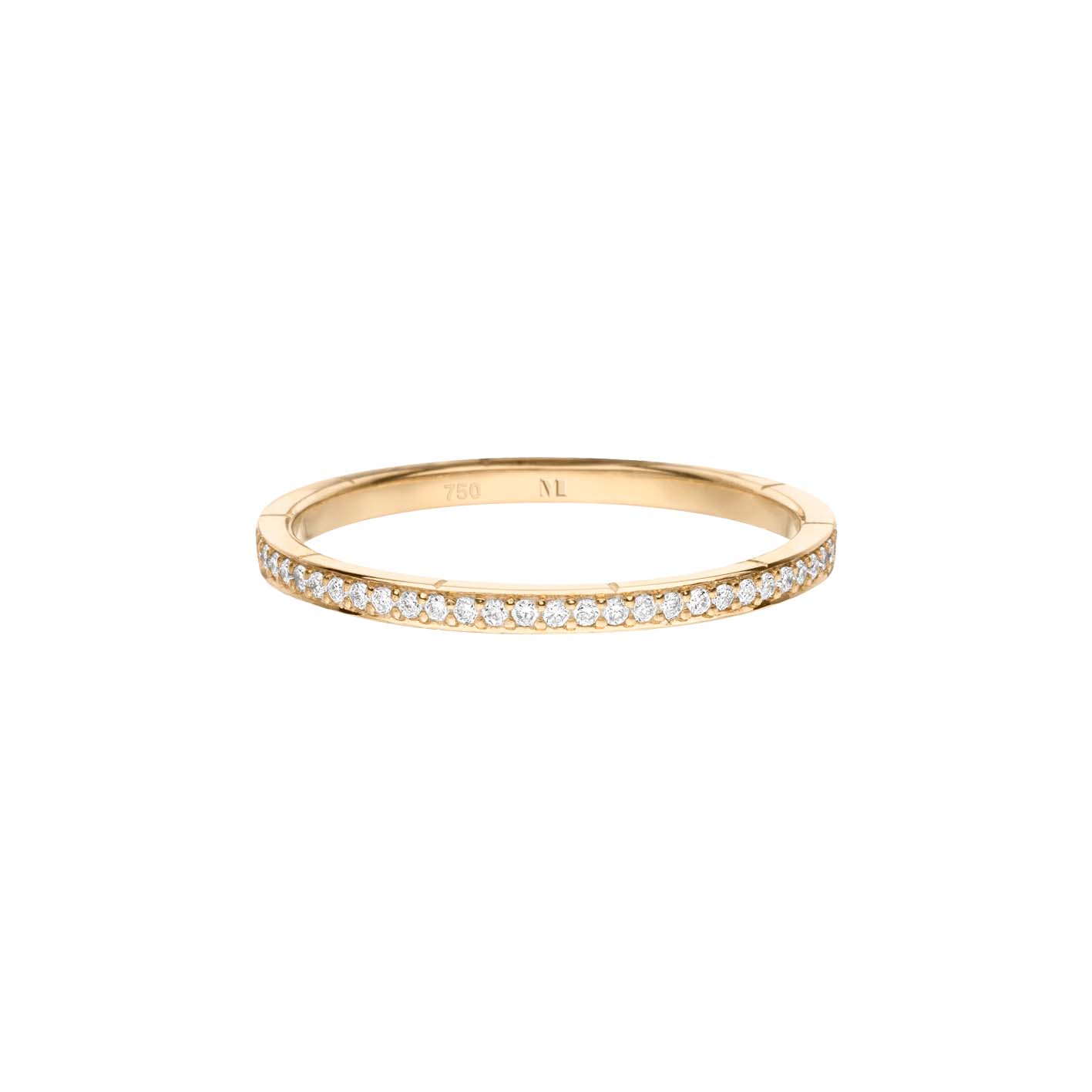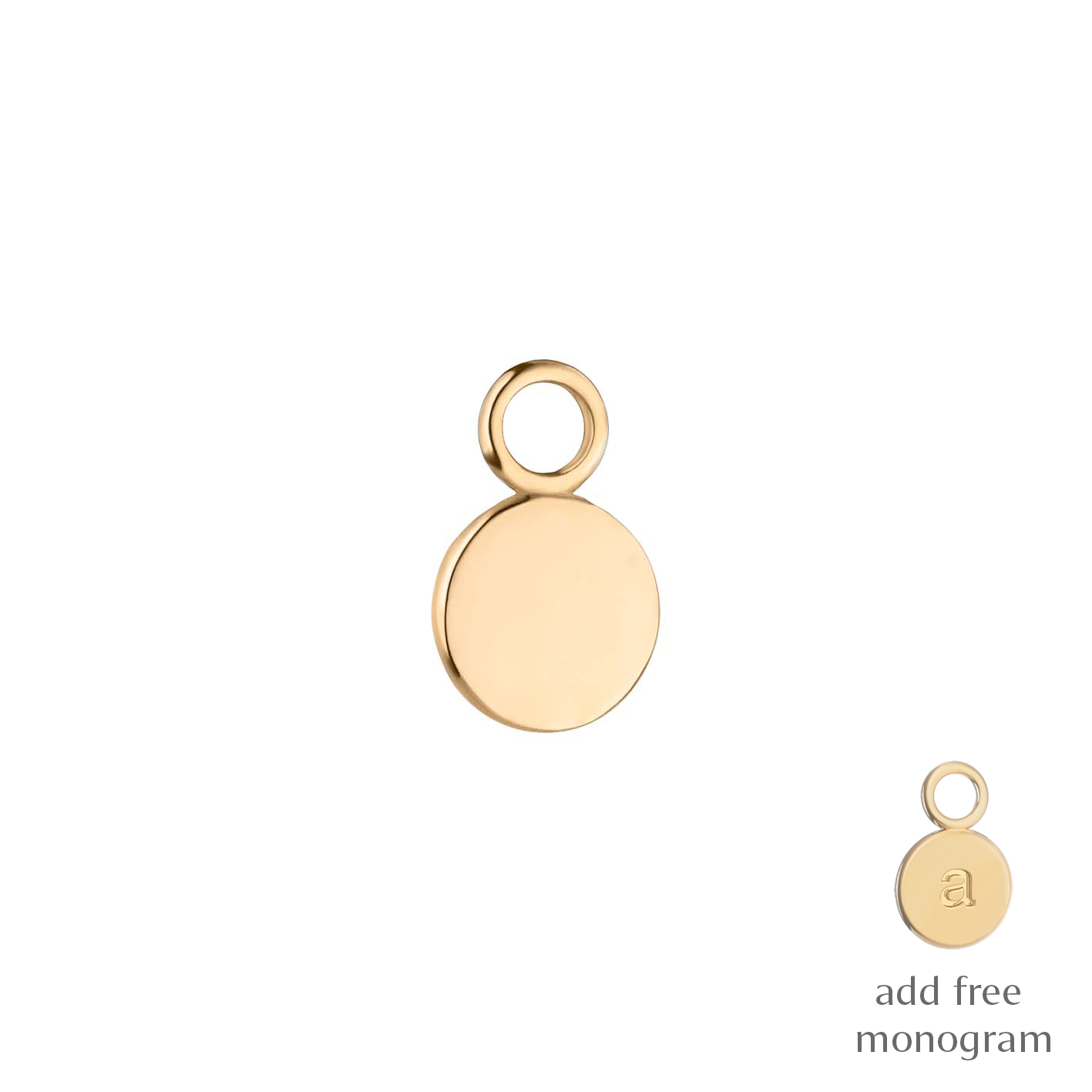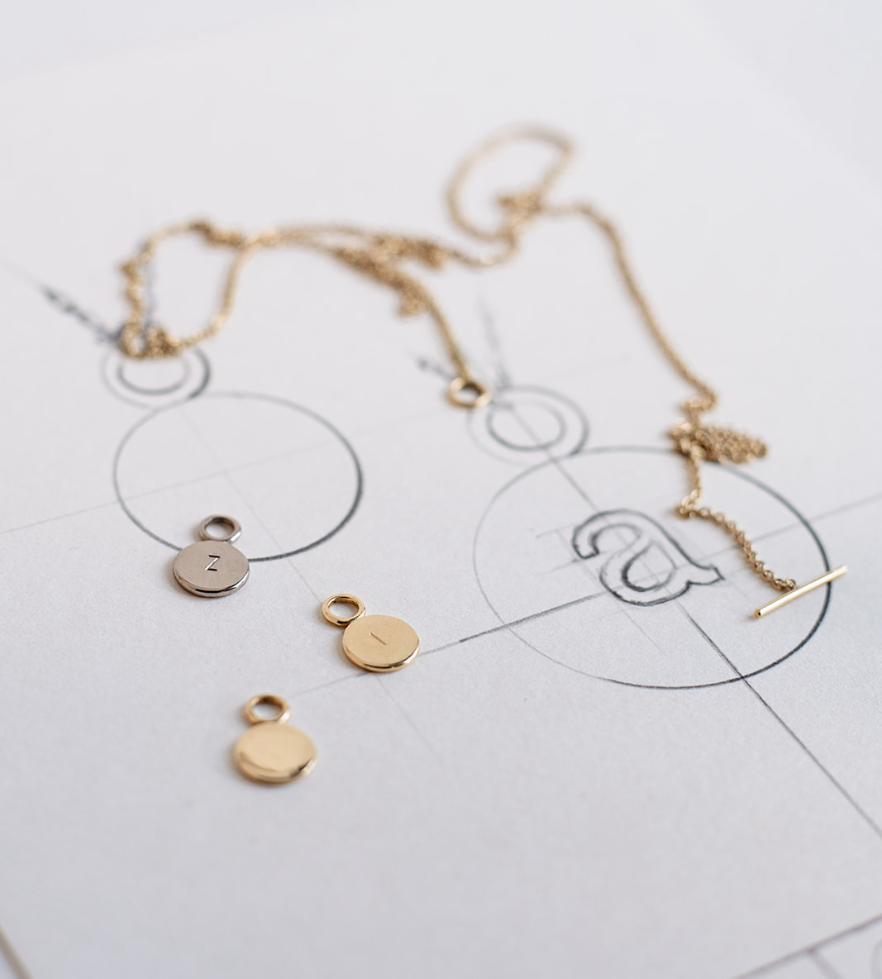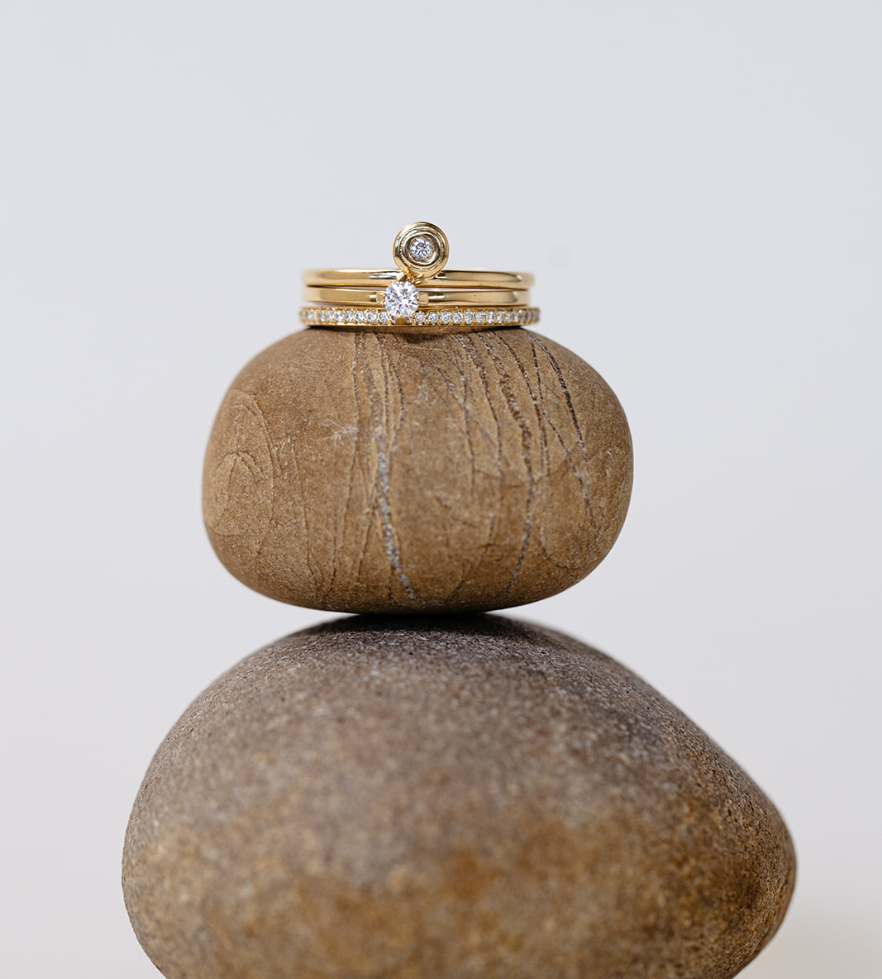Gold. A word that has always been associated with a strong longing. A longing for a better life, for wealth, carefree and for beauty. A word that thirsts for adventure. For paths through rocks, for new life, for love.
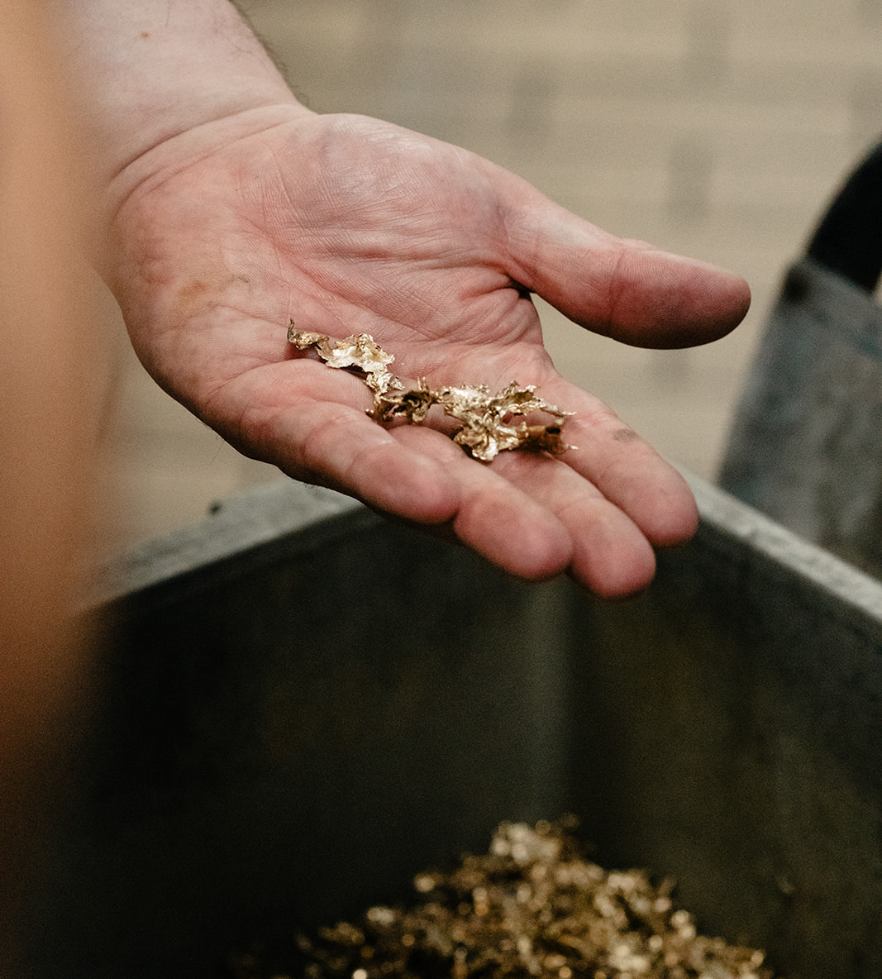
Meet the Maker:C. Hafner refinery
Meet the maker
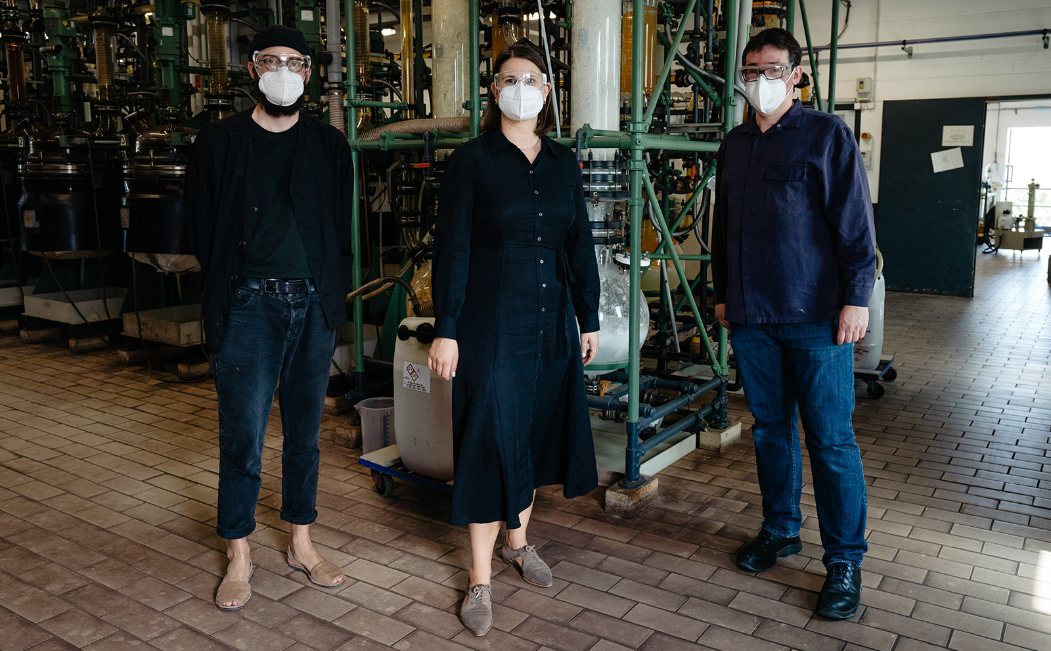
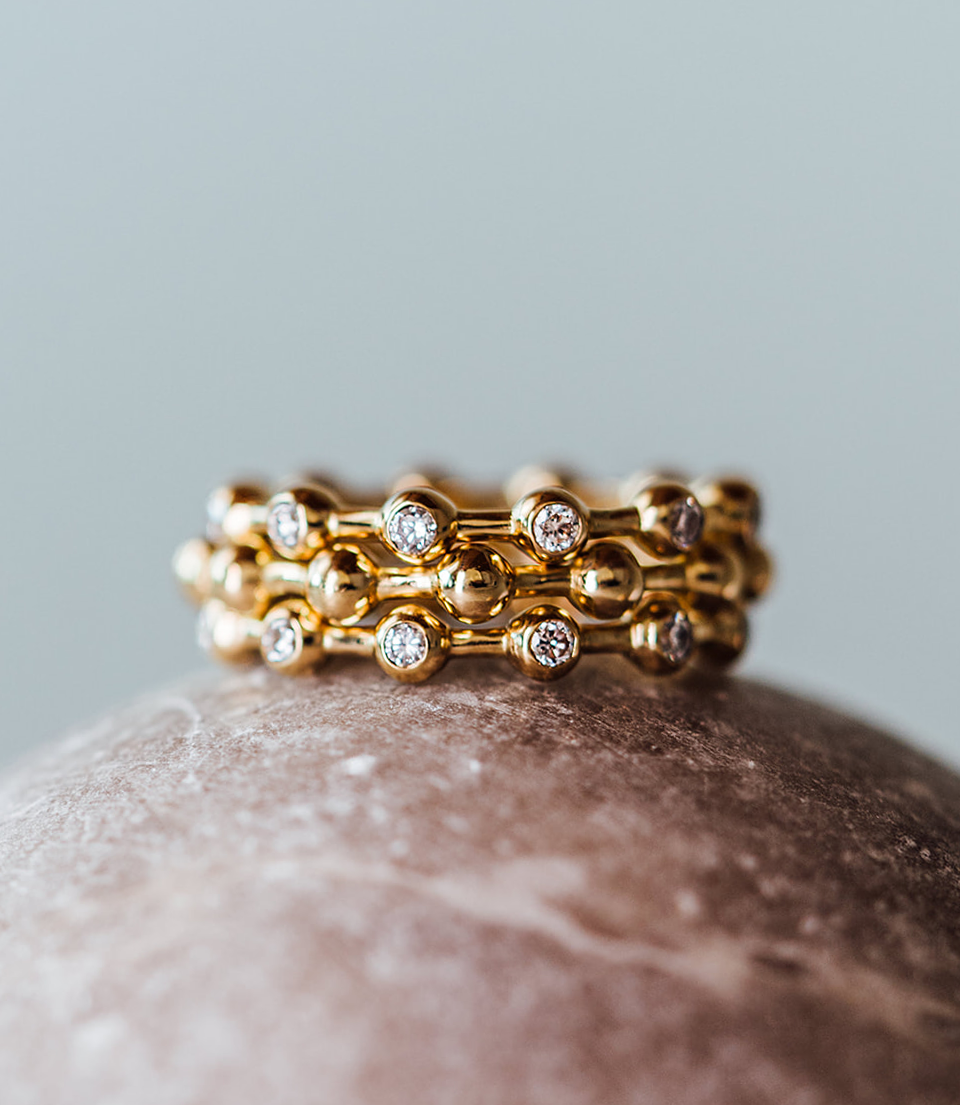
The red house
In Pforzheim, there is a red house. And if this were a fairy tale, a wizard, a magician would live in this house, who would know how to breathe life into things, giving them a second, third, and fourth chance. Because the red house in Pforzheim is the refinery C. Hafner. It belongs to the Hafner family, and acids bubble in glass flasks, known as reactors. People wear safety glasses and masks. Because something is in the air here. Gold.

Gilded working
But this gold, which determines the everyday life of the workers, the chemists, the people, is a modern gold that only has the immortal shine in common with the old stories. Because it is gold that does not need to be re-mined, that has left the abominations of the mines behind and is instead being processed in harmony with the environment. This is where old gold becomes new gold.
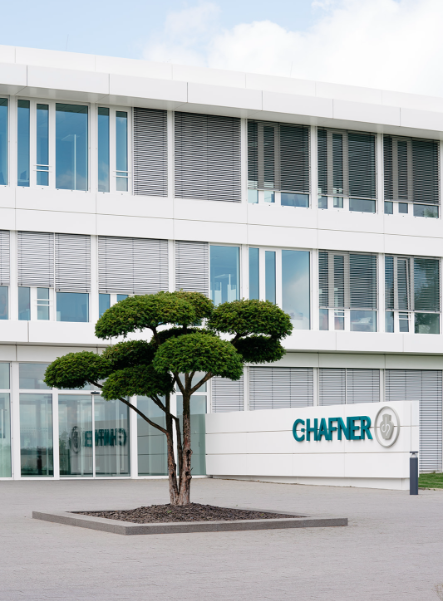
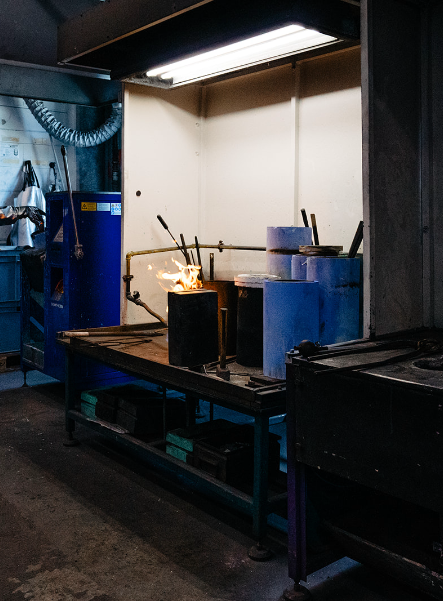
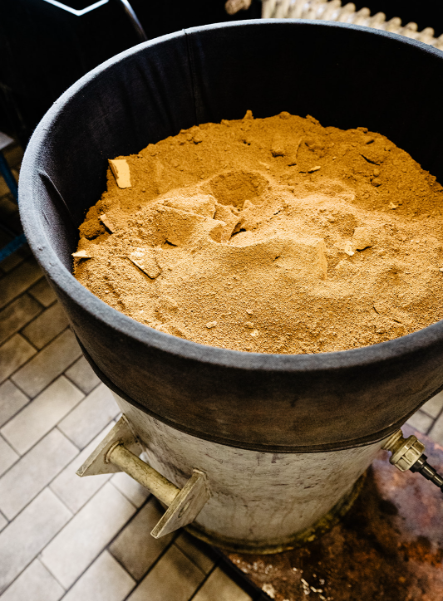
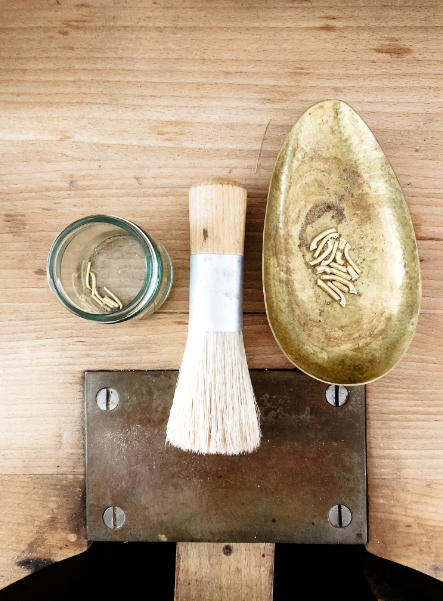
Complicated very simple
How does it work? "Very simple," says Dr. Michael Huber, chemist at C. HafnerAnd then he explains with shining eyes processes that are anything but simple. At the beginning is the scrap material. This is what the gold is called that has already lived a life and is processed with other materials. This includes, among other things, gold and filing waste, old gold, and outdated dental prosthetics. And because gold has always been distinguished by purity, the precious metal content of the scrap material must first be determined. For this, it is weighed and then melted down, so that the precious metal is homogenized. This is what it is called when like is joined with like. In this case: gold to gold. From what withstands the fire test, bars are cast, from which samples are taken that are weighed for analysis. In this process, the samples are quartered with lead. The lead absorbs the precious metals in the crucible, only to evaporate in the heat. What remains is the precious metal grain.
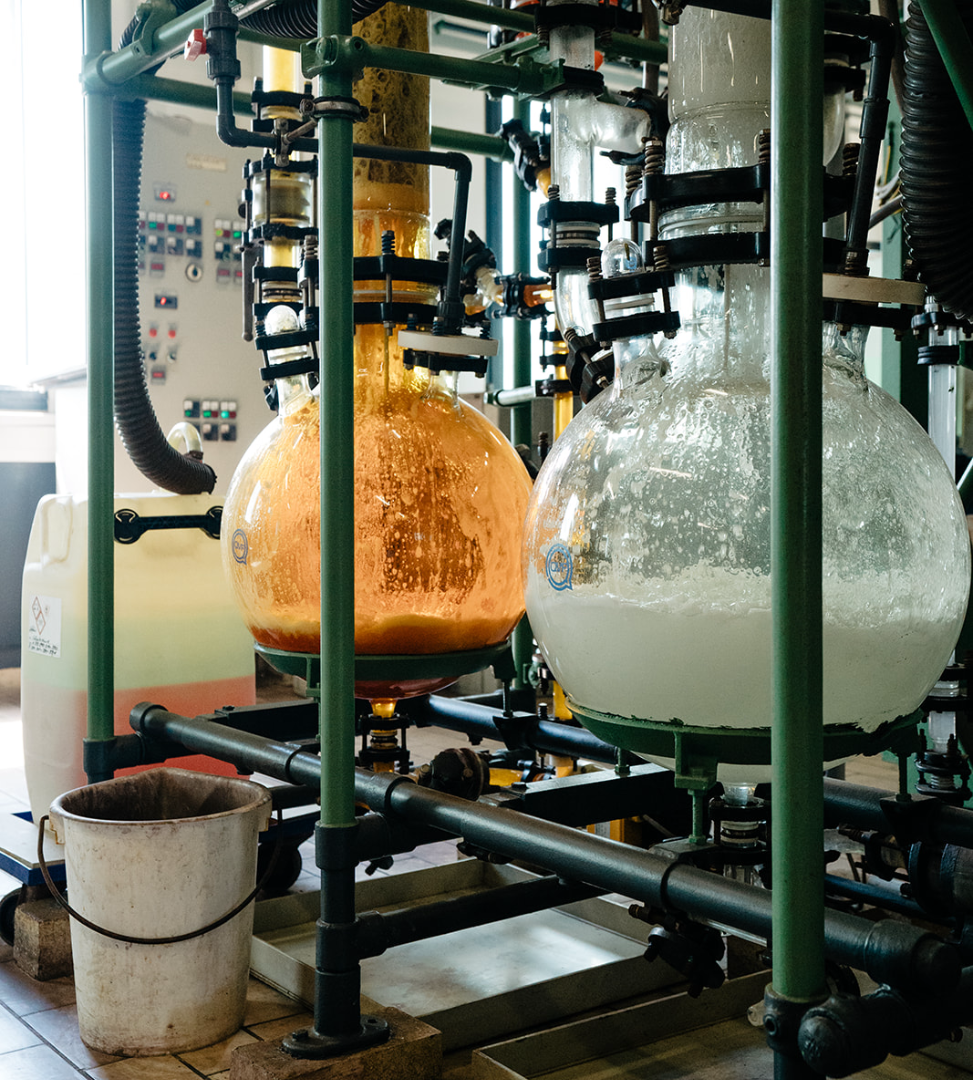
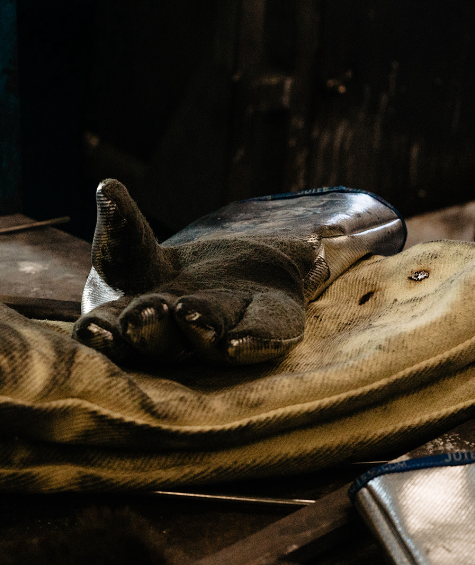
The golden grain
The grain is hammered and rolled and: separated. This allows the precious metal content of the sample to be determined. The customers of C. Hafner are then compensated based on the analysis of the purity of the gold. Only now does the actual refining process begin – the separating or rather refining of the precious metals. In aqua regia, the refining material dissolves. And as if by magic, the various precious metals contained in the refining material separate from each other and can be recovered pure: palladium, platinum, and gold. Of course, professionals like Michael Huber do not speak of magic. But that's just how it is: for magicians, magic is a craft. Dr. Huber calls his magic: chemistry. At the end of the gold refining process, there is pure gold sponge. Dr. Huber melts this down with his colleagues, granulates it, and the result is impressive: fine gold with 99.99 percent purity.
family business
C. Hafner is a family business. And that since 1850. 170 years of family with around 240 employees how it works Mrs. Hafner says: We are not just a family company that has grown, we think in terms of generations. She is with her cousin Dr. Philipp Reisert Managing Director in the fifth generation. This not only harbors the desire to continue, but also the desire to move forward. And that is what C. Hafner does. Employees are more than just colleagues here. They are friends. They celebrate birthdays and weddings together. Colleagues become couples, couples become married couples. That's exactly what you notice: Sometimes the job is a calling, sometimes it's much more than that.das.

This is where tradition meets expertise. And on sustainability
That's why we chose C. Hafner
And that is exactly why we chose the gold from C. Hafner. Here, not only does the emotional setting fit our company concept, but also what the family business does for our future, our planet: Because here, recycled gold is used out of tradition.
“Out of tradition: The processing of precious metals of all kinds for the expanding jewelry and watch industry already led to methods of reprocessing these valuable raw materials by the end of the 19th century. Carl Hafner recognized the potential early on and founded the company as a so-called “Kehretspräparation,” meaning the recovery of precious metals from processing waste.
In our 170-year company history, the focus has always been on recycling precious metals and has been continuously technologically advanced. As early as the 1990s, we built a recycling plant that already exceeded the requirements for nature and the environment by far and today forms the basis for the CO2 neutrality of our processes.”
Here, tradition meets expertise. And climate neutrality. Because the gold from C. Hafner is produced in an environmentally friendly way, and the CO2 that is still emitted after extensive optimizations in manufacturing processes is offset by the company. “The extraction of precious metals from mines has so far been associated with images of devastated landscapes, uncontrolled chemical use, and poor working conditions. A study by the INEC Institute has now, for the first time, determined the CO2 balance of recycled gold. The result was impressive: the extraction of precious metals from secondary material emits up to 99.8% less CO2 than that from mined gold. This was the reason for us to take the final step and make our recycling process CO2-neutral.”
Maren Jewellery and C. Hafner – a perfect match. Together we fight for jewelry and beauty in harmony with nature. Gold jewelry with a future. Or to put it in the words of C. Hafner: “Just as we are pioneers among the refining plants, we also see Maren Jewellery as one of the pioneers in the jewelry industry. Only together can we achieve something.”
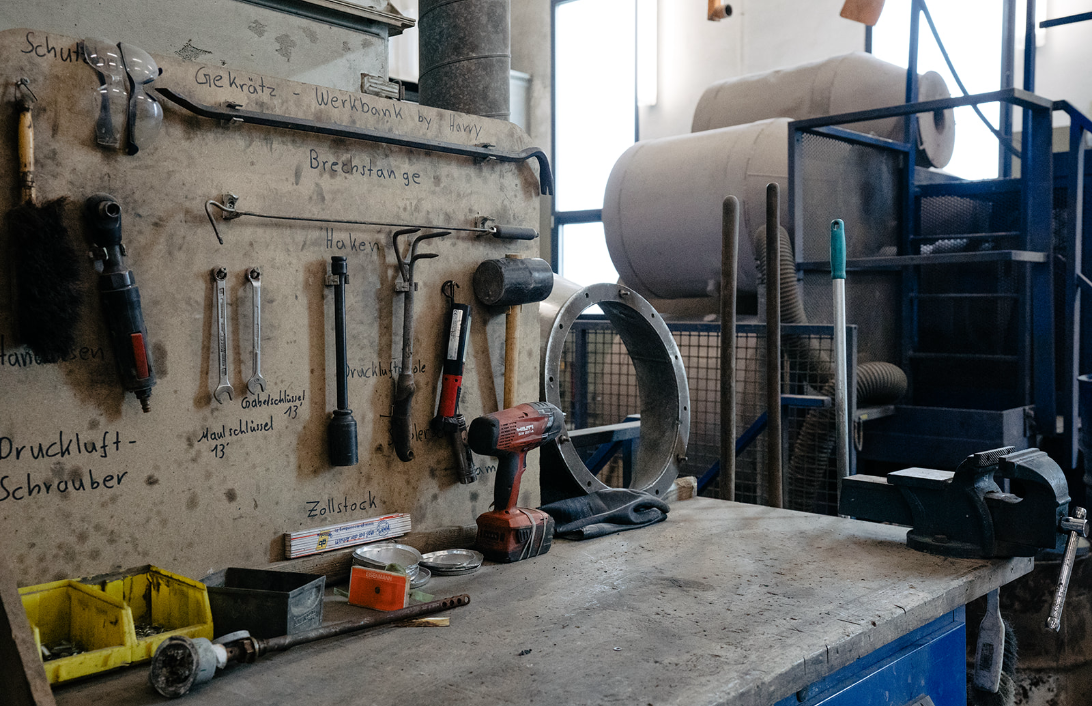

Written By Moritz Hackl
